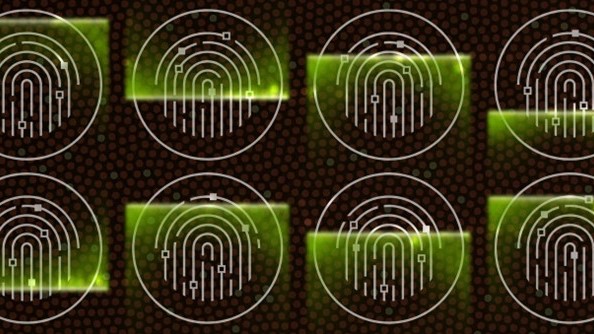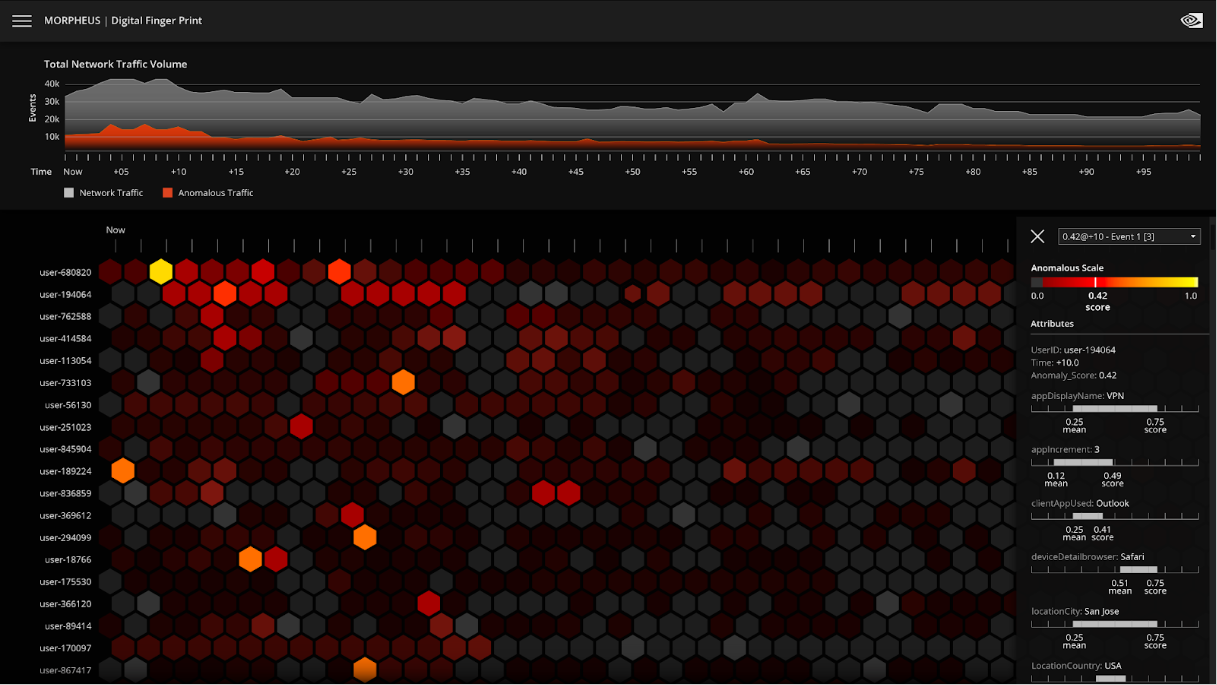 Use of stolen or compromised credentials remains at the top of the list as the most common cause of a data breach. Because an attacker is using credentials or…
Use of stolen or compromised credentials remains at the top of the list as the most common cause of a data breach. Because an attacker is using credentials or…
Use of stolen or compromised credentials remains at the top of the list as the most common cause of a data breach. Because an attacker is using credentials or passwords to compromise an organization’s network, they can bypass traditional security measures designed to keep adversaries out.
When they’re inside the network, attackers can move laterally and gain access to sensitive data, which can be extremely costly for an organization. In fact, it’s estimated that breaches caused by stolen or compromised credentials cost an average of $4.50 million in 2022.
Malicious activities in a network are hard to detect when performed by existing users, roles, or machine credentials. For this reason, these types of breaches take the longest, on average, to identify: 243 days and another 84 days on average to contain.
Companies might leverage user behavior analytics (UBA) to detect abnormal behavior based on a defined set of risks. With UBA, a baseline for each user or device is created and from that deviations from normal behaviors can be detected by comparing with past actions. UBA looks for patterns that might indicate anomalous behavior, based on known past behaviors.
There is an ever-increasing volume of data produced by a modern enterprise. Server logs, application logs, cloud logs, sensor telemetry, network, and disk information are now orders of magnitude larger than what can be stored by traditional security information and event management (SIEM) systems. The security operations team can examine only a fraction of that data.
What is digital fingerprinting?
Because enterprises are generating more data than they can collect and analyze, the vast majority of the data coming in goes untapped. Without tapping into this data, enterprises can’t build robust and rich models to enable them to detect deviations in their environment. The inability to examine this data leads to undetected security breaches, long remediation times, and ultimately huge financial issues for the company being breached.
But what if you could analyze 100% of the data across an enterprise—every user, every machine? People have unique characteristics and different ways that they interact with the network depending on their role. Understanding the day-to-day and moment-by-moment interactions of every user and device across the network is what we refer to as digital fingerprinting. Every user account within an organization has a unique digital fingerprint.
The value of digital fingerprinting
UBA looks for patterns that correlate bad behavior and focuses on threshold-based alerting. Digital fingerprinting is different because it identifies anti-patterns, or when things deviate from their normal patterns. For example, when a user account starts performing atypical yet permissible actions, traditional security methods may not trigger an alert.
To detect these anti-patterns, there must be a model for each user, to measure deviation. UBA is a shortcut because it tries to predict indicators of bad behavior. With digital fingerprinting, there are individual models to measure against.
To maximize the value of digital fingerprinting requires granularity and the ability to deploy thousands of models using unsupervised learning on a massive scale.
This can be done with NVIDIA Morpheus, a GPU-accelerated AI cybersecurity framework enabling developers to build optimized AI pipelines for filtering, processing, and classifying large volumes of real-time data. Morpheus includes a prebuilt, end-to-end workflow for digital fingerprinting, making it possible to achieve 100 percent data visibility.
A typical user may interact with 100 or more applications while doing their job. Integrations between these applications means that there may be tens of thousands of interconnections and permissions shared across those 100 applications. If you have 10,000 users, you’d need 10,000 models initially.
With the Morpheus digital fingerprinting pretrained workflow, massive amounts of data can be addressed, and hundreds of thousands, or even millions of models can be managed. Implementations of a digital fingerprinting workflow for cybersecurity enable organizations to analyze all the data across the network, as AI performs massive data filtration and reduction for real-time threat detection. Critical behavior anomalies can be rapidly identified for security analysts, so that they can more quickly identify and react to threats.

Experience the NVIDIA digital fingerprinting prebuilt model with a free hands-on lab on NVIDIA LaunchPad.
